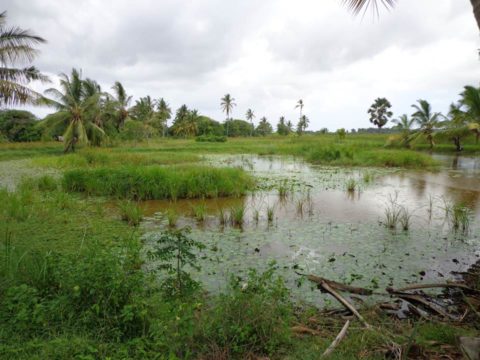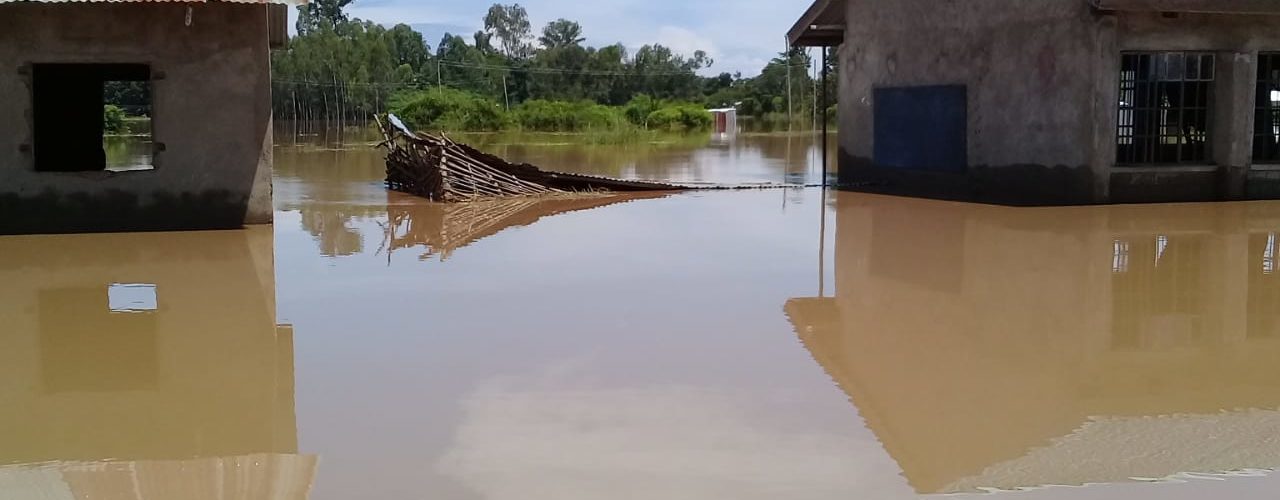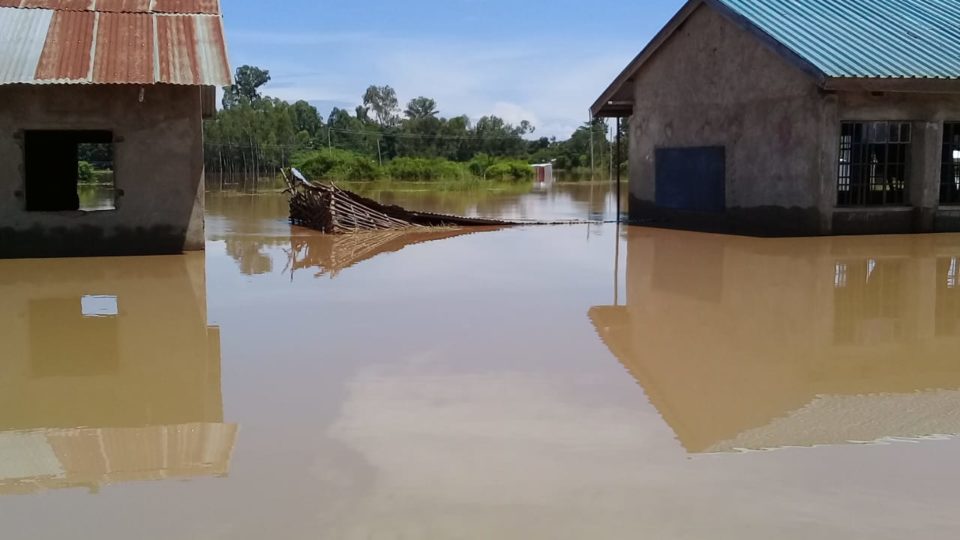Over the past three weeks, more than 200 Kenyans have been killed by raging floods and landslides. Rivers have broken banks, and dams and lakes are overflowing, affecting over 800,000 people. Tana River, Garissa, West Pokot, Elgeyo Marakwet, Budalang’i, Lake Victoria Basin and Naivasha are the worst hit. Entire villages and property have been swept away or submerged, leaving communities hungry, destitute and desperate.
In Nairobi, hundreds of thousands of residents have suffered a biting water shortage for two weeks due to the rains pounding the Mt Kenya region that have caused havoc on water supply infrastructure. It’s a case of water everywhere, signifying death and destruction than abundance of life. Floods are among the costliest natural disasters worldwide.
According to a Global Catastrophe Recap March 2019 report, the damages due to flooding in 2018/19 were estimated at about Sh800 billion. In recent years, the frequency of natural hazards, 90 per cent of which are water related, has been increasing worldwide. Worse, the Intergovernmental Panel on Climate Change is predicting more extreme events. There is strong evidence that, in our warming world, destructive floods will become frequent and intense.

Many homes are submerged, communities displaced and crops destroyed by floods in Kenya
Despite these growing risks, there are ways to guard against the toll of future flood disasters – protecting our wetlands. Wetlands occur where water meets land. They include all lakes, rivers, underground aquifers, swamps and marshes, wet grasslands, deltas, estuaries and tidal flats, mangroves, coral reefs, and all human-made sites such as fish ponds, rice paddies, reservoirs and salt pans.
Wetlands are highly productive ecosystems and they act as water sources for agricultural and domestic use. They enable farmers to grow crops in rainy and dry seasons thus boosting food security. They sustain fisheries, protect coastlines, and are sources of materials for crafts and building. They provide grazing and watering areas for domestic and wild animals. They are homes to diverse flora and fauna and serve as a lifeline for migratory birds.
But to achieve these diverse benefits, we need to first protect and manage wetlands. When it comes to flood water, wetlands act as natural sponges. They capture and absorb rainfall so that more water sinks slowly into the soils and ground, and less becomes the runoff that eventually submerge landscapes. Floodplains, the low-lying lands on the edges of rivers and lakes such as Lake Victoria, Lake Naivasha, River Nzoia and Nyando, are seasonal wetlands. When a river floods, the floodplain is where the excess water finds reprieve, hence reducing flood levels elsewhere.
It is estimated that over the last century, wetlands have shrunk by 64-71 per cent globally, leaving millions of people deprived of the essential services they offer. It is painful to witness and experience the wrath of raging rains on communities because of active destruction of our wetlands and other natural resources like forests, which in turn erases their protective functions and releases higher volumes of floodwater. If managed wisely and sustainably, wetlands can reduce exposure to natural disasters like floods and droughts.
So what can we do? First, wetlands in Kenya should be prioritized as critical lifelines for the reduction of floods and other natural disasters impacts. Local communities are a key cog in their conservation and management. Hence, bringing them together, building their capacity where necessary, and creating an understanding of the value and fragility of wetlands is vital for their management and sustainable use.
Secondly, the conservation of wetlands needs support, appropriate legislation and conservation programs that embrace preservation, maintenance, sustainable use and restoration. Proper utilization is key as it also promotes the community’s welfare and role.
Finally, Kenya already has a Wetlands Conservation and Management Policy. With community awareness, implementation of these legal provisions would help reduce flooding. Heavy rains and floods need not signify misery. Restoring our wetlands should be the premier nature-based solution to disasters and climate change impacts.
This commentary was first published in the Sunday Standard on 17 May 2020.

